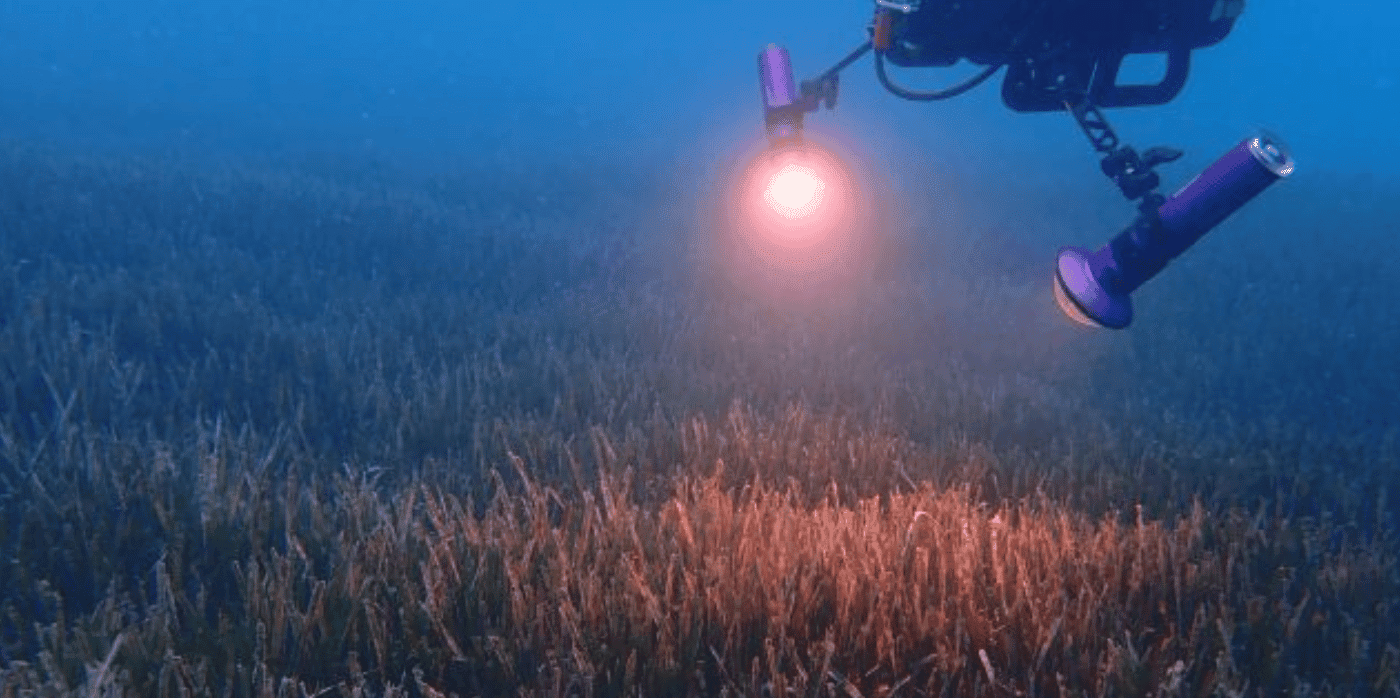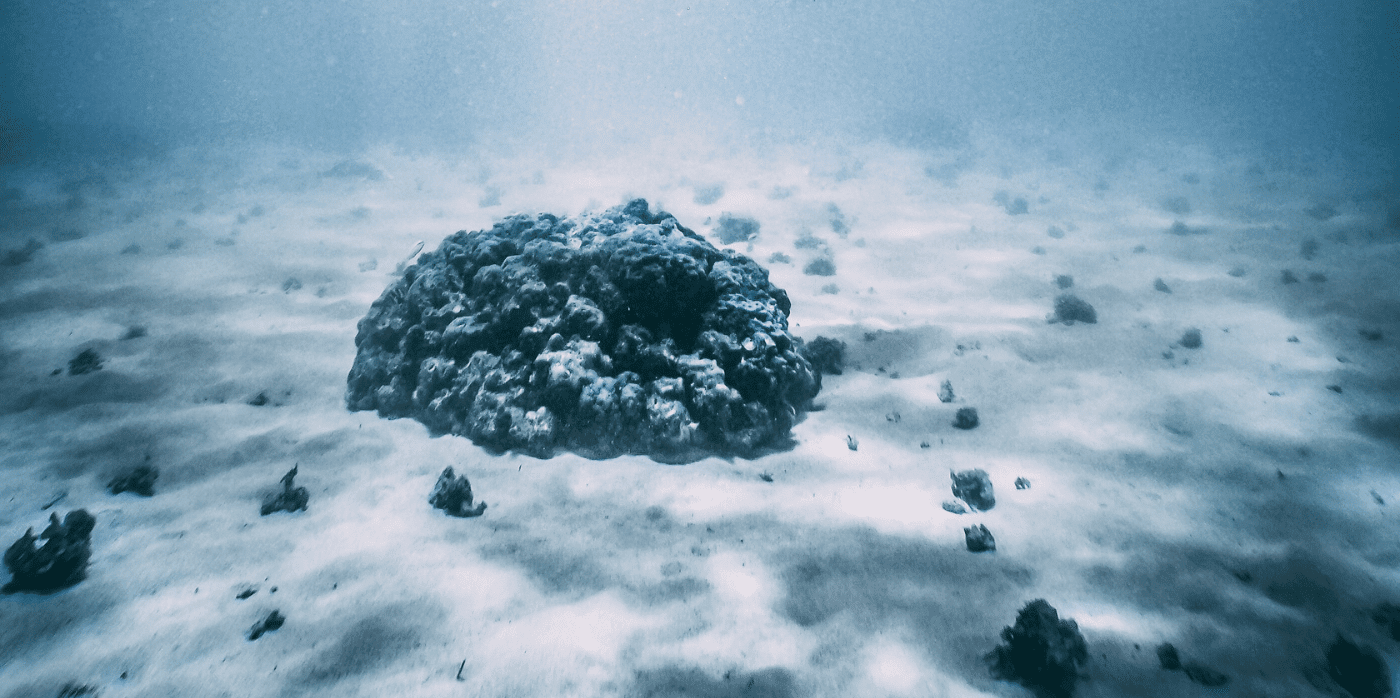Mapping the seafloor in high-resolution

Spotted: Did you know that ocean basins are home to 94 per cent of the world’s total wildlife? As with many environments on land, the ocean’s health is also under threat, compromising a vast ecosystem. But it is near impossible to understand and improve biodiversity without accurate data. This is the task that German startup PlanBlue has set its sights on.
The company, which is a spin-out from The Max Planck Institute for Marine Microbiology, uses an innovative system of ‘underwater satellites’ to map the ocean floor and gather the data necessary to make progress in terms of ecosystem restoration. By combining hyperspectral imaging, satellite navigation, and artificial-intelligence-powered (AI) automated data processing, the company’s system can process map areas quickly, easily, and in great detail – including information on organism health.
PlanBlue’s products include Orthoimagery, which provides detailed maps of seabeds; Coverage, which detects and distinguishes seagrass meadows; and Carbon Stock, which can estimate the quantity of carbon contained within seagrass meadows.
In March 2023, PlanBlue was announced as one of the winners of the World Economic Forum’s Ocean Data Challenge, and the company is currently planning a series A funding round to help it establish data distribution centres worldwide.
In the archive, Springwise has also spotted the use of lasers to monitor underwater environments, as well as the use of turmeric to restore coral reefs.
Written By: Amanda Simms


